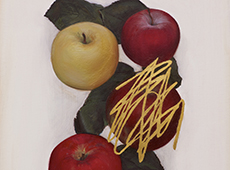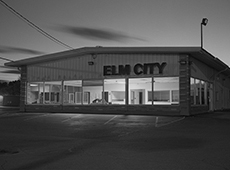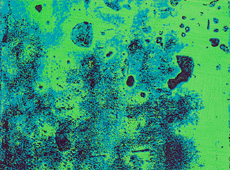Every photographer I know, at some point in their career, has studied Walker Evans’ photographs of Hale County, Alabama made during the Great Depression. Before I made photographs, I looked to his with an almost mystical wonder and curiosity. The photographs endure as the pinnacle of what photography can and should be, as Evans himself defined, “…observation full and felt.”
What makes a piece of land sacred?
Every photographer I know, at some point in their career, has studied Walker Evans’ photographs of Hale County, Alabama made during the Great Depression. Before I made photographs, I looked to his with an almost mystical wonder and curiosity. The photographs endure as the pinnacle of what photography can and should be, as Evans himself defined, “…observation full and felt.” Jeff Rosenheim, Senior Curator in Charge at the Metropolitan Museum of Art, defines Evans’ intent in an essay published in 2000, The Cruel Radiance of What Is: Walker Evans and the South, “…to describe the American scene intimately and to distill from the simple, poor, and ordinary a basic grammar of local life—an unconscious American style.”
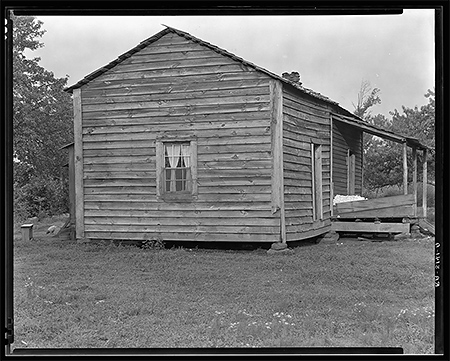
© Walker Evans,
Evans’ juxtaposition of formal compositions with crumbling architecture, the attention to form and light, and the dignity presented in both the people and landscape convinced me that he was the defining voice of American vernacular.
This week, I travel to Hale County to photograph for a month as The Do Good Fund’s inaugural artist-in-residence. Retracing and photographing the same land that Evans did in the late ‘30s has prompted the question of how one actually goes about defining what makes a piece of land sacred—to both residents and outsiders like myself. In the same way that Evans looked to Matthew Brady’s Civil War photographs as a model for his own, I will, in turn, look to Evans, William Christenberry, Gordon Parks, William Eggleston and so many others, to be my guides.
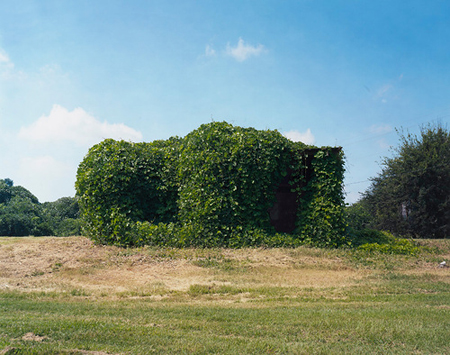
© William Christenberry,
It’s one of the most exciting and challenging prospects that I could imagine as an artist—to continue a conversation when everything important seems to have already been said. My goal is not to replicate or emulate, but to create something new, both visually and conceptually, while referencing what remains—the beauty of the land, the warmth of the light, and the authenticity of the people.
Follow Lauren Henkin’s residency in Hale County on Instagram at @laurenhenkin.
Read Jeff Rosenheim’s essay, The Cruel Radiance of What Is: Walker Evans and the South here.
Learn more about The Do Good Fund’s growing collection of photographs made in the American South here.
View more Great Depression photographs made by Walker Evans and others at Photogrammar, Yale University’s online database of 170,000 photographs from 1935 to 1945.
Visit Lauren Henkin’s website at www.laurenhenkin.com.
Subscribe to Tilted Arc
If you like this story, please consider subscribing. We are sticklers for privacy.
We will never sell or share your e-mail address.

